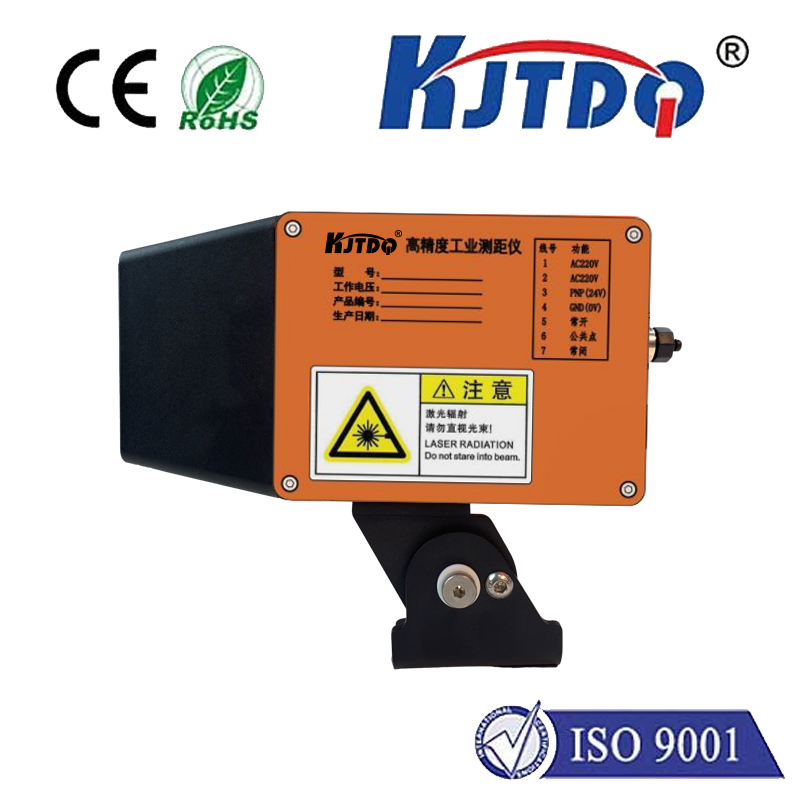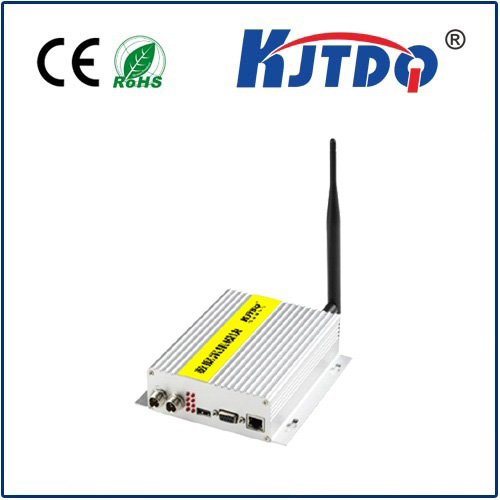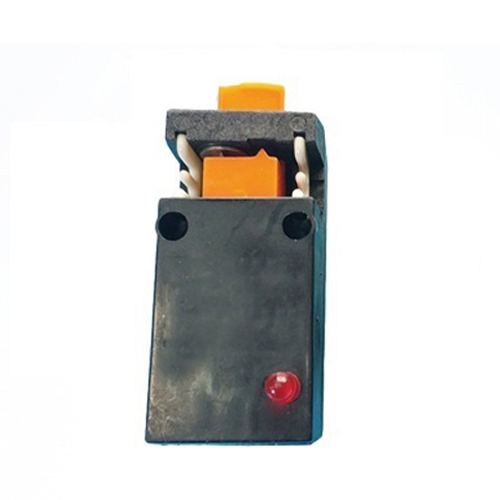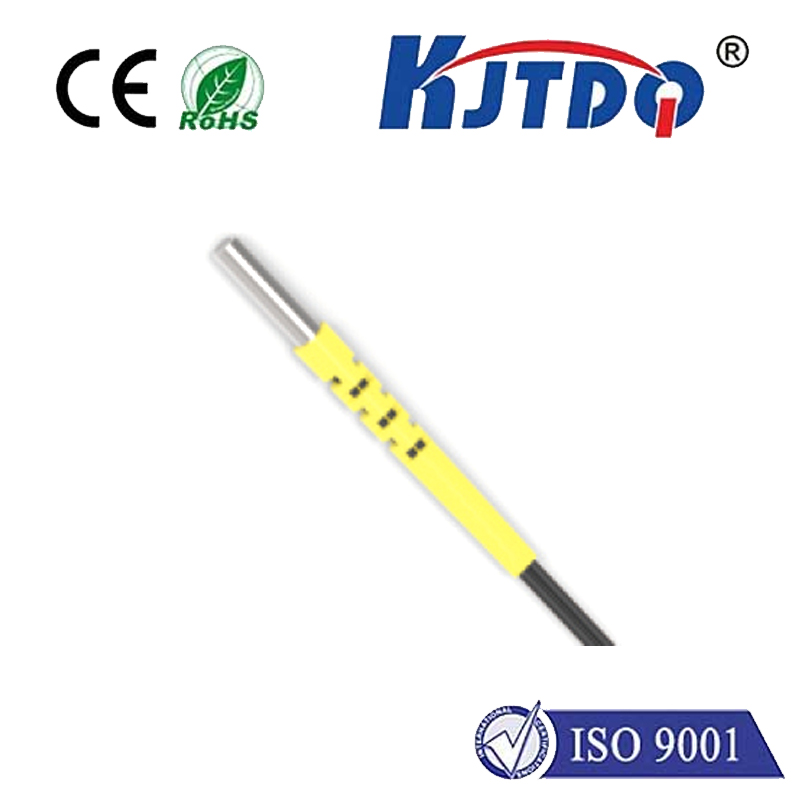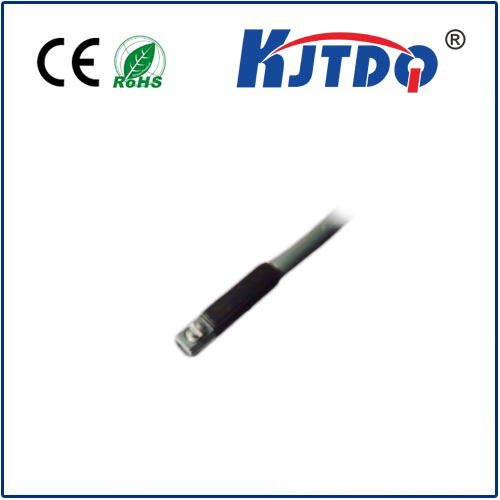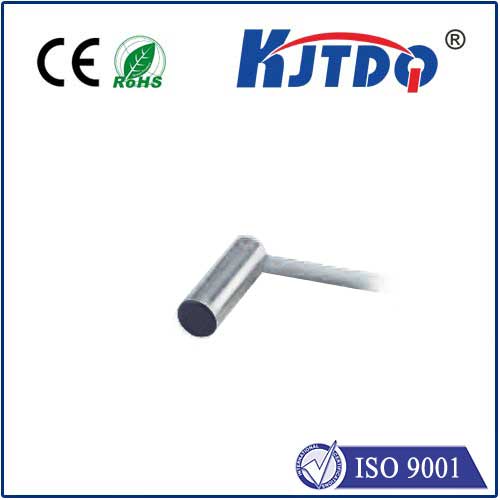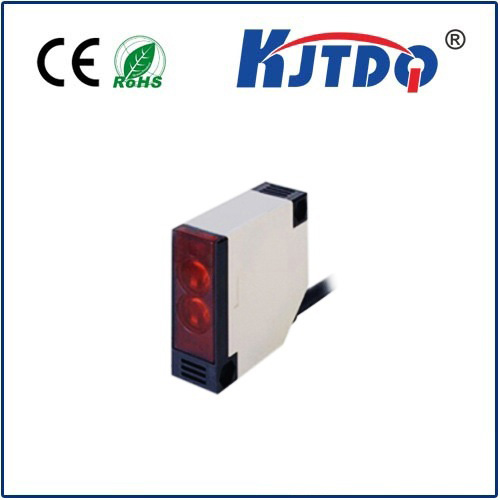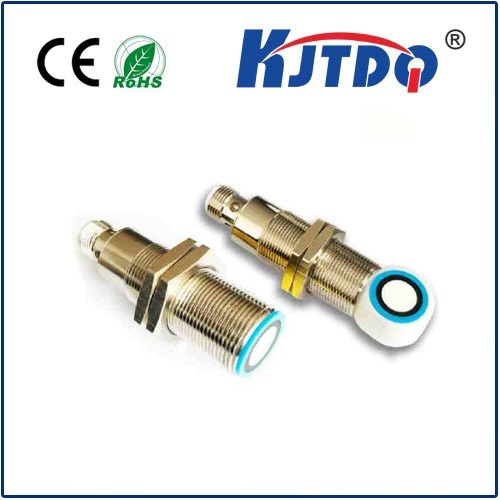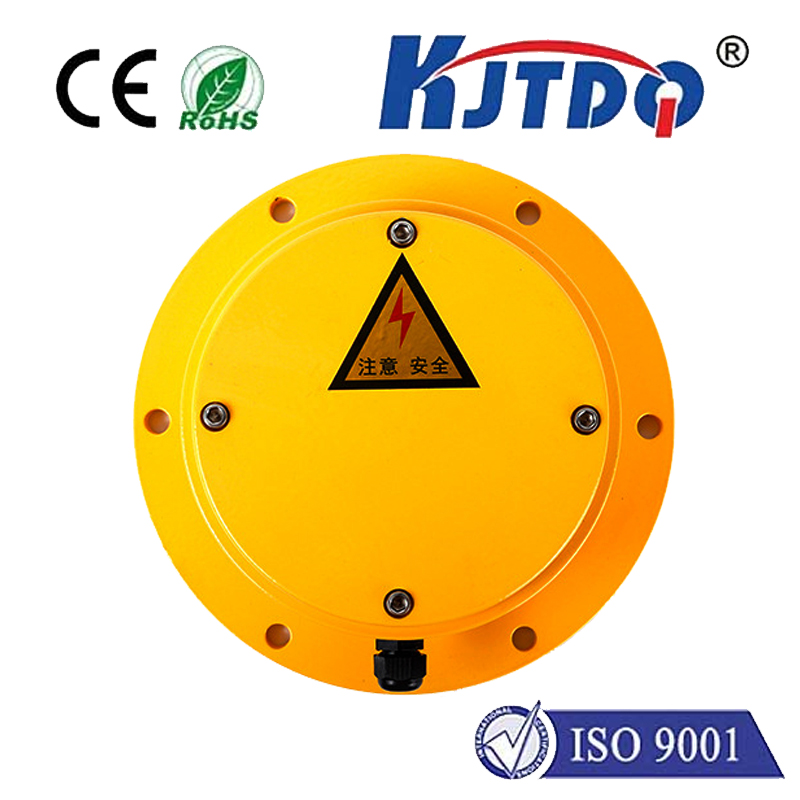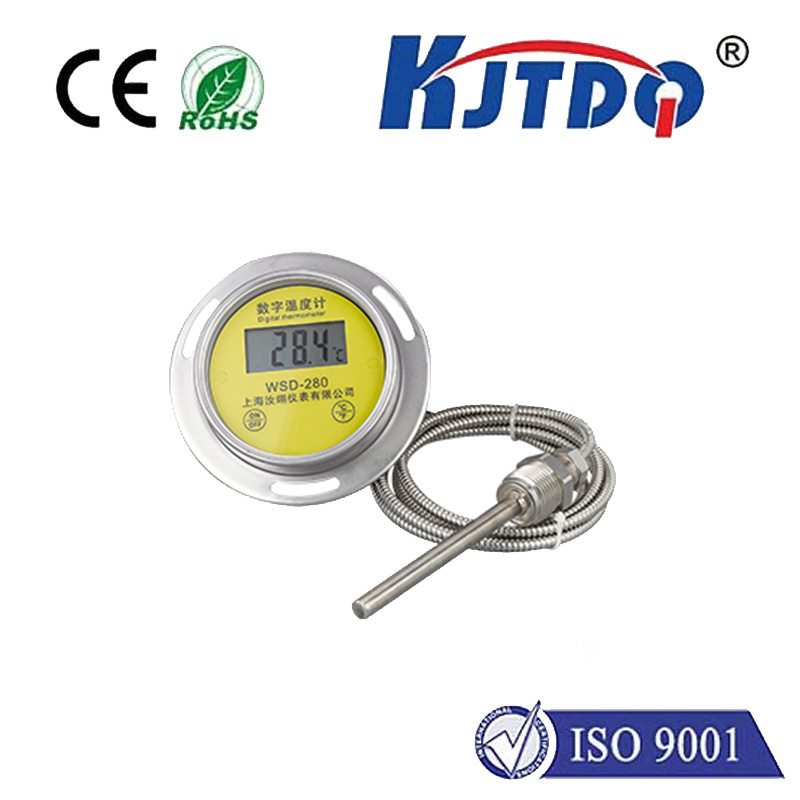BES05M9 high pressure proximity sensor
- time:2025-10-15 01:56:02
- Click:0
Safeguarding High-Pressure Applications: The Power of the BES05M9 Proximity Sensor
Imagine a critical hydraulic press moments before a catastrophic failure. A leak develops unseen, pressure surges uncontrollably, and potential disaster looms. In high-stakes industrial environments where immense pressure reigns supreme, detecting anomalies reliably isn’t just convenient – it’s essential for safety, efficiency, and protecting valuable assets. This is where specialized components like the BES05M9 High Pressure Proximity Sensor step into the spotlight, acting as vigilant guardians against the inherent risks of pressurized systems.
Understanding the Core Need: Proximity Sensing Under Pressure
Proximity sensors, in essence, detect the presence or absence of an object without physical contact, typically using electromagnetic fields (inductive), capacitive principles, or ultrasonic waves. Inductive sensors, like the BES05M9, excel at detecting metallic targets. However, standard inductive sensors crumble – figuratively and sometimes literally – when exposed to the extreme forces found in hydraulic systems, high-pressure pumps, compressors, injection molding machines, or subsea equipment. Constant exposure to pressures often exceeding hundreds of bars can compromise sensor housings, damage internal electronics, cause leaks, and lead to unreliable or complete signal failure. The environment demands a sensor built specifically for the task: robust, pressure-resistant, and utterly dependable.
Enter the BES05M9: Engineered Resilience for Demanding Environments

The BES05M9 isn’t your average proximity sensor. Its core identity is built around its exceptional tolerance to high-pressure environments. Key design features enable this:
- Specialized High-Pressure Housing: This is the first line of defense. The sensor body is meticulously engineered using high-strength materials like stainless steel and incorporates unique sealing technologies. These seals are designed to withstand constant exposure to hydraulic fluids, oils, or other process media under immense pressure, preventing ingress that would destroy standard sensors.
- Pressure-Rated Construction: Crucially, the entire sensor assembly, including its sensing face and internal components, is structurally reinforced. This ensures the sensor body itself doesn’t deform or collapse under sustained high pressure (e.g., PN 320 bar rating is common for such models), maintaining its integrity and sensing accuracy.
- Advanced Sealing: Achieving a pressure-tight seal, especially around the sensing face where the target interacts, is paramount. The BES05M9 utilizes specialized elastomer seals or metal-to-metal sealing techniques, far exceeding the capabilities found in conventional proximity sensors. This prevents media penetration and guarantees long-term performance.
- Proven Inductive Technology: At its core, the BES05M9 leverages inductive sensing – generating an oscillating electromagnetic field. When a metallic target enters this field, eddy currents are induced, causing a measurable change in the oscillation, signaling detection. This technology is inherently robust, wear-free (no moving parts), and highly reliable, making it ideally suited for challenging industrial settings.
Why the BES05M9 is Indispensable: Key Applications
This sensor’s unique capabilities make it the go-to solution in applications where pressure isn’t just a factor; it’s the dominant condition:
- Hydraulic Systems: Monitoring piston positions within hydraulic cylinders, detecting rod end positions, verifying valve actuation, and checking for the presence of pressure blocks or tools directly within high-pressure lines. Precision position feedback here prevents over-travel, optimizes cycle times, and safeguards against leaks.
- Die Casting & Injection Molding: Used for mold clamping verification, core pull detection, and ejector plate position sensing within the high-pressure casting or molding chamber itself. Reliable detection ensures proper mold closure before injection, enhancing quality and preventing costly damage.
- High-Pressure Pumps & Compressors: Monitoring valve positions, detecting piston strokes, or verifying connecting rod positions within the pressurized pump/compressor housing. This enables predictive maintenance by identifying abnormal movements before failure.
- Offshore & Subsea Equipment: Deployed in remotely operated vehicles (ROVs), drilling equipment, or subsea valves where sensors face not only extreme pressures but also corrosive seawater environments. The BES05M9’s resilience is critical for remote reliability.
- Test Benches & Validation Rigs: Used in environments simulating extreme operational pressures to monitor component positions or states reliably during rigorous testing phases.
Benefits Amplified: Beyond Just Pressure Resistance
While its high-pressure tolerance is its defining feature, the BES05M9 proximity sensor delivers a cascade of advantages:
- Enhanced Safety: Preventing undetected leaks or component failures in pressurized systems drastically reduces the risk of accidents, protecting personnel and equipment.
- Maximized Uptime & Productivity: By providing reliable position feedback in critical high-pressure zones, these sensors enable optimal process control, minimize unplanned downtime due to sensor failures, and streamline operations.
- Reduced Maintenance Costs: Their robust construction and resistance to harsh media significantly extend service life compared to standard sensors, lowering replacement frequency and associated labor costs.
- Precision in Harsh Conditions: Delivers accurate switching signals despite the challenging environment, ensuring process consistency and quality control.
- Simplified Installation: Often available in industry-standard M8, M12, or M18 threaded housings and featuring PNP/NPN outputs, they integrate seamlessly into existing control systems.
Integration and Selection Considerations
Deploying a BES05M9 or similar high-pressure proximity sensor requires attention to specific parameters:
- Operating Pressure Rating: This is non-negotiable. Ensure the sensor’s rated pressure (e.g., PN 320 bar) exceeds the maximum operating pressure encountered in your application, including potential pressure spikes.
- Media Compatibility: Verify the sensor’s wetted materials (housing, seals) are chemically compatible with the specific hydraulic fluid, oil, gas, or other media present.
- Temperature Range: High-pressure environments often coincide with elevated temperatures. Confirm the sensor’s specified operating temperature range suits the application.
- Electrical Specifications: Choose the correct output type (PNP/NPN, NO/NC), voltage range (e.g., 10-30V DC), and switching current to match your control system requirements.
- Sensing Distance: Ensure the specified nominal sensing distance is sufficient for detecting the target reliably within the available space.
- Housing Material & Thread: Select the appropriate material (stainless steel variants offer corrosion resistance) and thread size (M8, M12, M18 are common) for mounting.
In the relentless world of high-pressure industrial applications, standard sensors are simply inadequate. The BES05M9 High Pressure Proximity Sensor represents a critical class of components engineered specifically to thrive where pressure is king. Its robust construction, superior sealing technology, and unwavering reliability provide the essential position feedback and state monitoring needed to ensure safety, maximize efficiency, and protect valuable machinery. By integrating sensors designed explicitly for the challenge, engineers can confidently build systems that operate reliably at the very edge of pressure capabilities.






